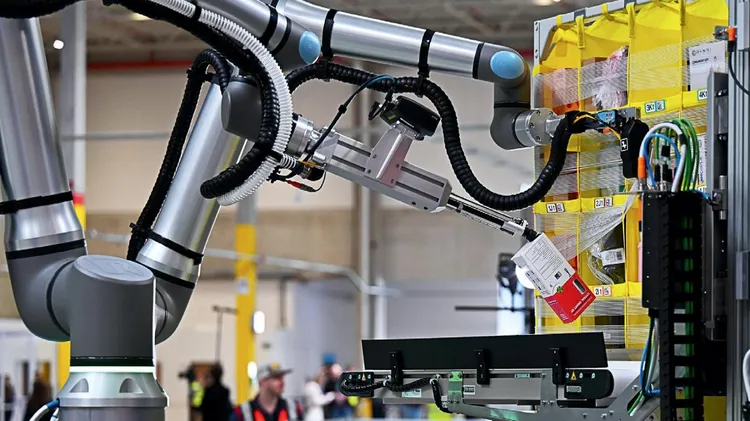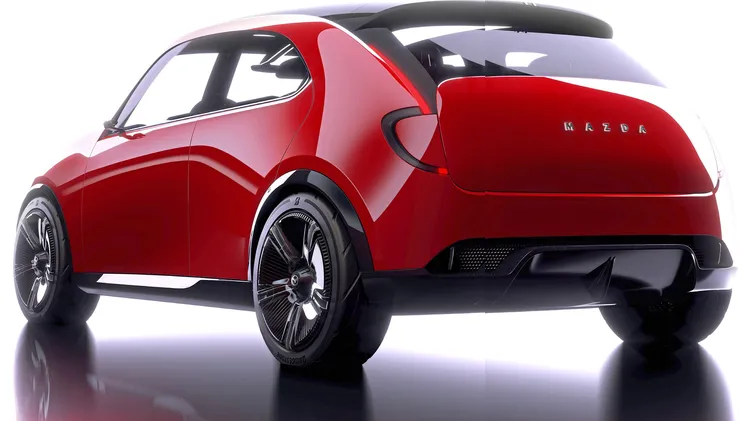Drivers were meant to be redundant by now. But as James O��
The slow road to self-driving cars
6 min read
This article is from...
Read this article and 8000+ more magazines and newspapers on Readly






